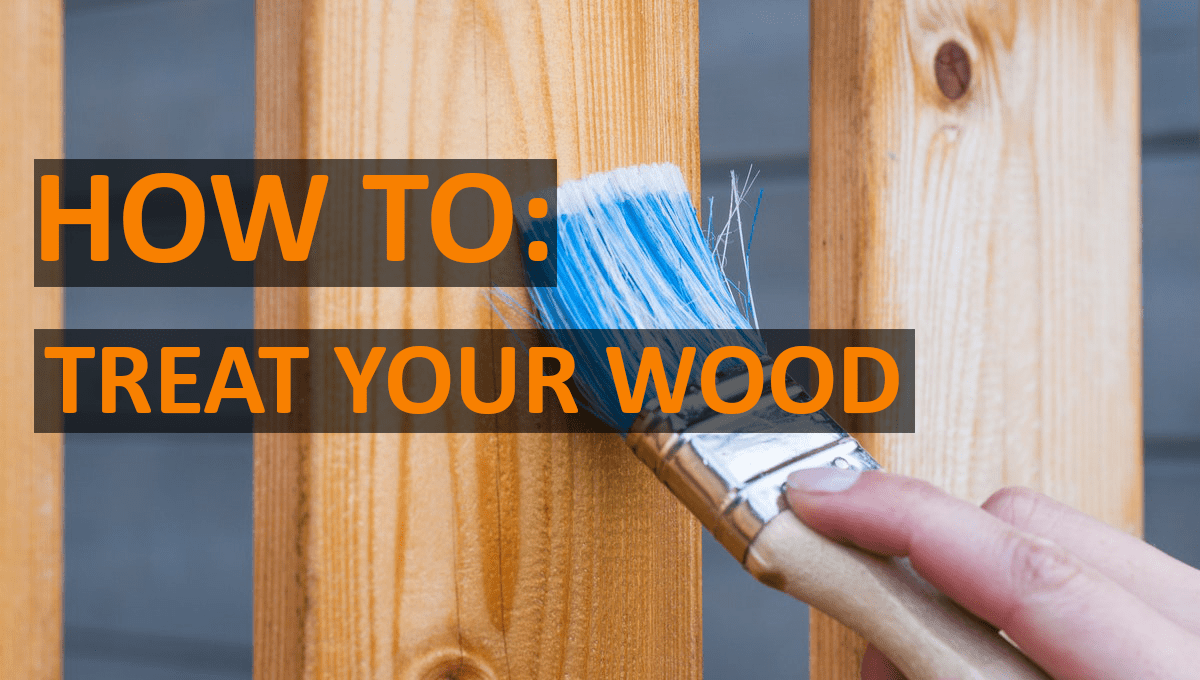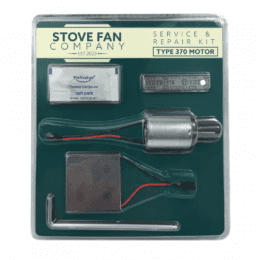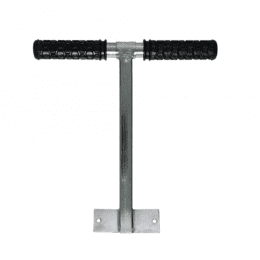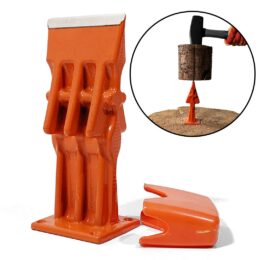Ultimo aggiornamento il 19 agosto 2020 da Forest Master
Avete appena finito di lavorare un pezzo di legno sul vostro banco da lavoro (per il quale, tra l'altro, questi morsetti sono fantastici) o sul cavalletto della sega, e ora volete assicurarvi che resista alla prova del tempo. Questo articolo vi spiegherà i vari tipi di trattamento del legno disponibili, le differenze e, infine, come trattare il legno. Continuate a leggere per saperne di più!
Se volete trattare correttamente il vostro legno e mantenerlo sano, è molto importante che usiate i prodotti giusti sui tipi di legno giusti e che li usiate al momento giusto. In caso contrario, i vostri sforzi saranno inutili ed esporrete il vostro legno a danni, parassiti come le termiti o addirittura alla marcescenza. Tuttavia, se seguite i consigli di questa guida, potete aspettarvi di avere un legno che supererà la prova del tempo e continuerà ad avere un bell'aspetto.
Esistono diversi modi efficaci per trattare il legno: oliarlo, colorarlo o verniciarlo. Sebbene non esista un modo "migliore" di trattare il legno, tutti questi metodi consentono di ottenere risultati e finiture diverse, per cui spetta a voi decidere quale preferite.
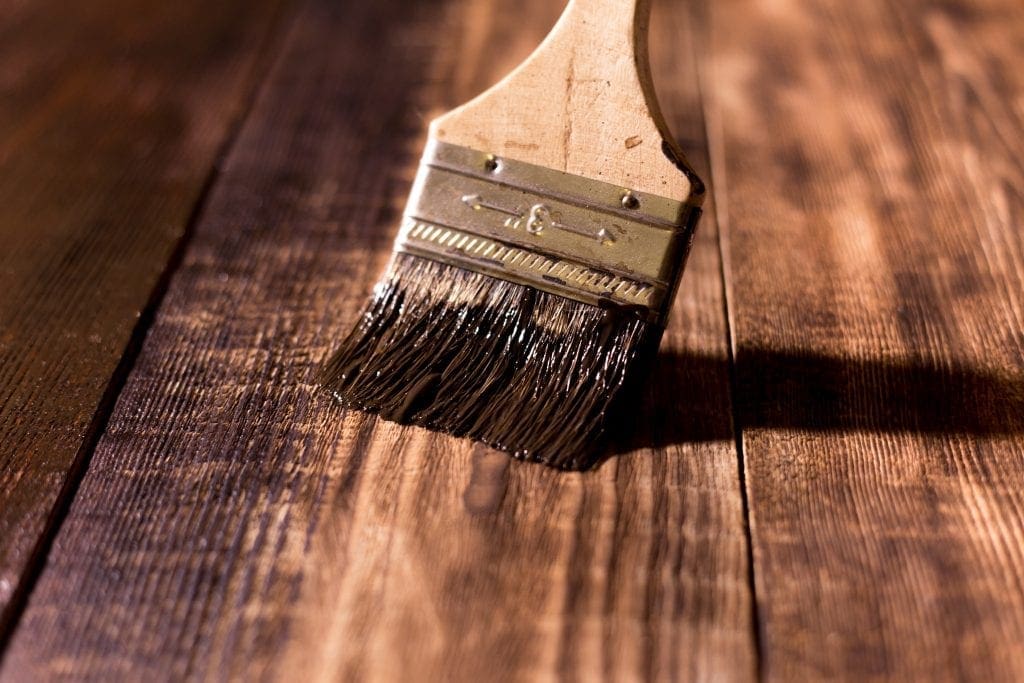
Oliatura del legno
L'oliatura tende a far risaltare la struttura naturale del legno, ma può non essere considerata la finitura più attraente a seconda del tipo, della qualità e del taglio del legno. Questo metodo viene utilizzato per sigillare il legno senza modificare l'immagine esterna come gli altri, quindi, a seconda che vi piaccia o meno la finitura ruvida, questo metodo può fare al caso vostro.
È importante che, se intendete usare un olio sul legno, usiate olio di lino/olio di semi di lino (sono la stessa cosa, solo che possono essere etichettati in modo diverso) e che lo lavoriate davvero sul legno in modo che venga assorbito. Un errore frequente che si commette quando si oliano i legni è quello di scaricare l'olio sulla superficie e lasciare che venga lavato via.
Colorazione del legno
La colorazione del legno non è molto diversa dall'oliatura, come suggerisce il nome, ma semplicemente conferisce al legno un aspetto più scuro e trattato, che molti preferiscono. Esistono diverse gradazioni di mordente per legno, a seconda di quanto si desidera che l'aspetto finale sia scuro. Non è necessario oliare il legno prima di mordenzarlo, in quanto si otterrà la stessa protezione anche senza, tuttavia è possibile mordenzare il legno precedentemente oliato se si desidera cambiare l'aspetto estetico. La mordenzatura del legno che è stato oliato può persino aiutare l'applicazione del colore, in quanto vi aiuterà a stendere uno strato più uniforme sulla superficie del legno, ma ovviamente impedirà l'assorbimento della quantità di colore e potrebbe essere necessario risanare il legno prima del previsto.
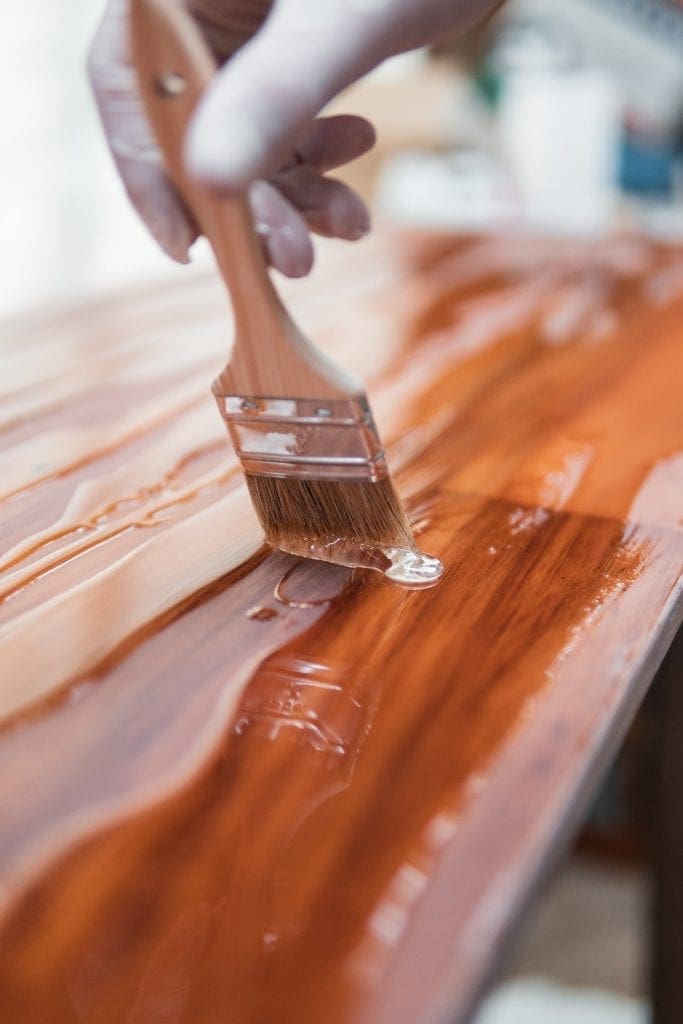
Verniciatura del legno
La verniciatura del legno elimina la necessità di oliarlo o macchiarlo, in quanto uno strato uniforme e non screpolato di vernice per legno svolge un lavoro altrettanto efficace nell'impedire all'umidità di penetrare nel legno e causare danni. È tuttavia indispensabile che la vernice non presenti crepe, poiché ovviamente qualsiasi crepa permette all'umidità di penetrare nel legno, rompendo il mare e causando danni. È possibile verniciare il legno oliato, ma lo sconsigliamo perché alcune vernici non aderiscono bene all'olio. Prima di applicare la vernice, carteggiare il legno con grana 320 per rimuovere la maggior quantità possibile di olio.
Come trattare il legno
Passo 1
Lavare il legno con acqua tiepida e sapone o con un'idropulitrice per rimuovere eventuali detriti e piccole parti dal legno.
Passo 2
Carteggiare il legno fino a ottenere una finitura liscia con carta vetrata di grana 250, compresi tutti i punti difficili da raggiungere, come gli spigoli e gli angoli.
Passo 3
Passare l'aspirapolvere sul legno e passare un panno asciutto per eliminare tutti i detriti e le particelle, lasciando un pezzo di legno pulito e liscio.
Passo 4
Applicare la finitura scelta in modo generoso e uniforme sulla superficie del legno e lasciare asciugare per il tempo indicato nelle istruzioni della finitura scelta.
Passo 5
È buona norma pulire il legno una volta asciugato e riapplicare una seconda mano di diluente.
Passo 6
Attendete almeno 24 ore affinché tutto si asciughi e poi godetevi il vostro nuovo legno finito a vostro piacimento!
Ti piace questo post? Date un'occhiata ad altri contenuti

